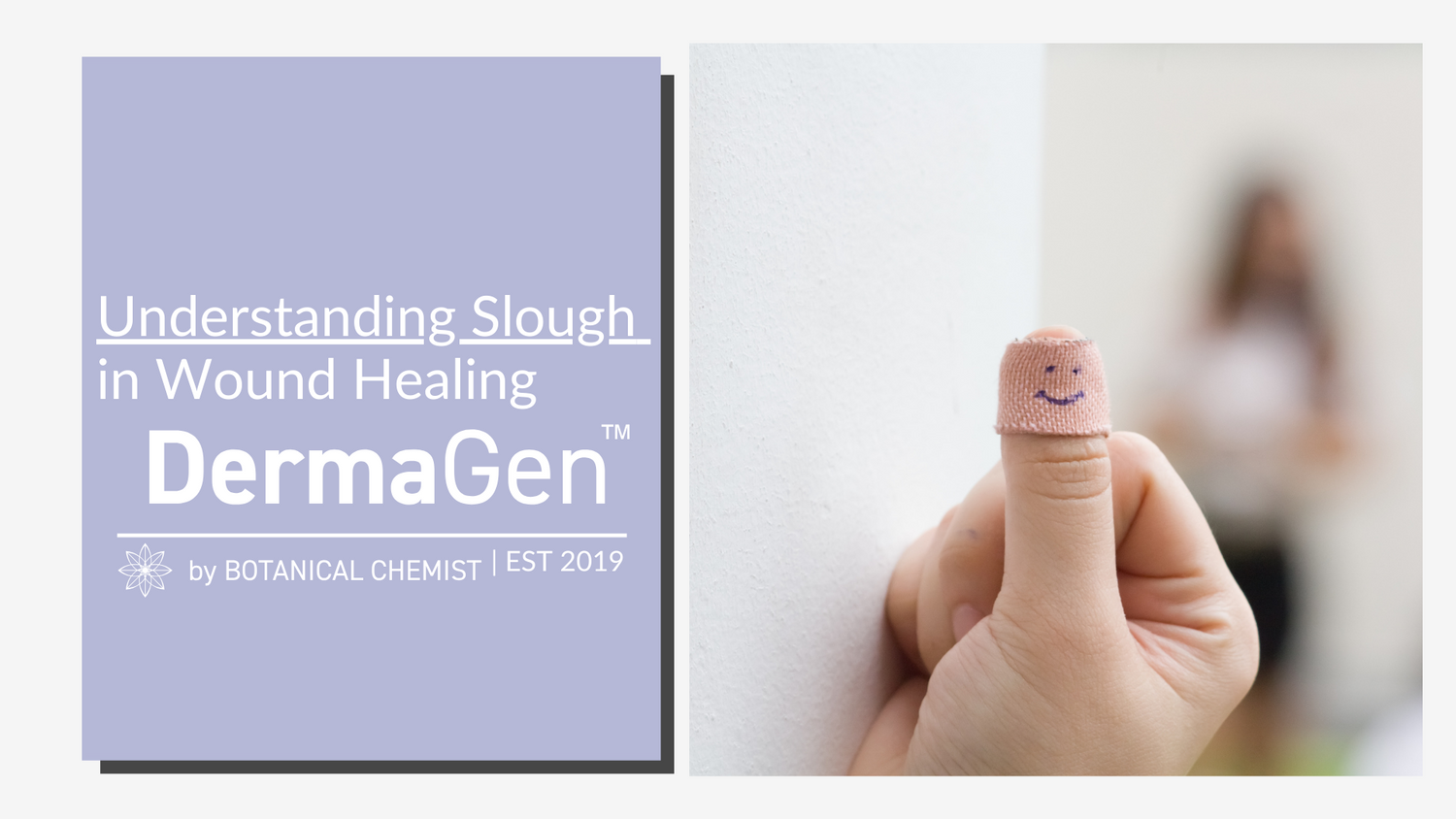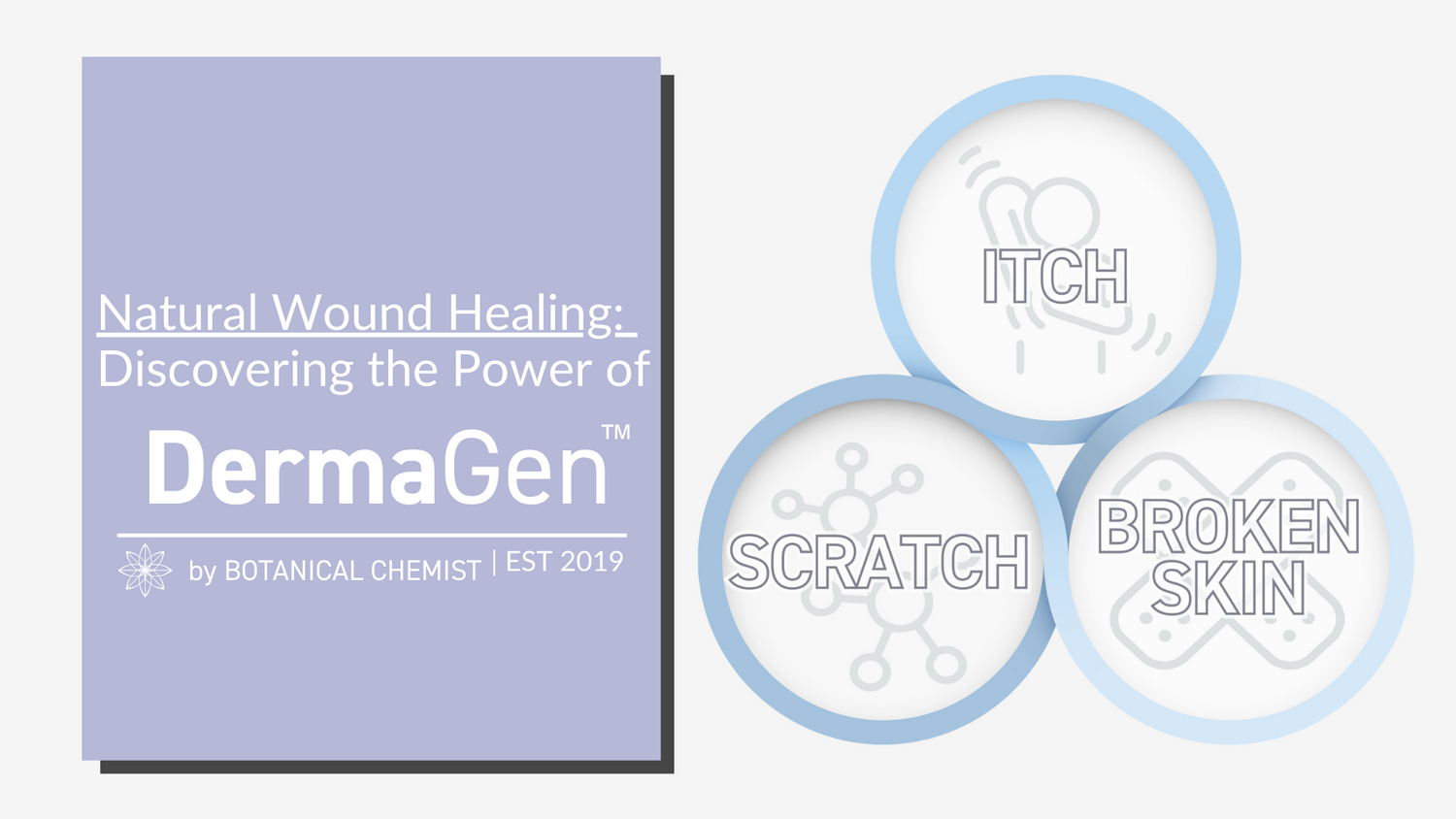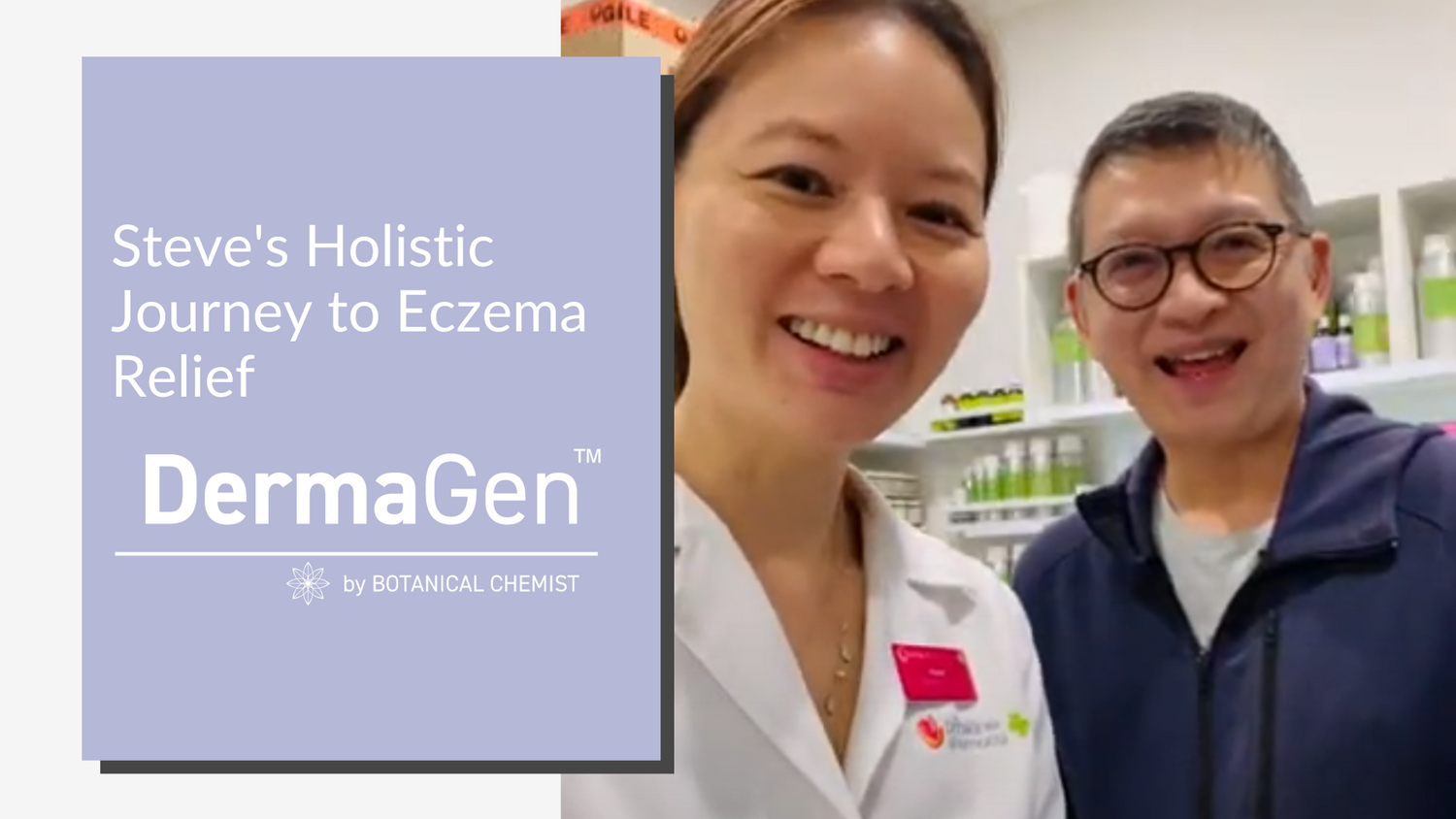The current published list of local side effects includes:
- Eczema commonly starts with dry, itchy skin. The scratching is what turns it into the angry, red rash we’re so familiar with.
- It’s most commonly found in the skin flexures – the elbow patches, knees, neck
- It can affect all age groups, but it is most commonly diagnosed before 5 years of age and affects 10% - 20% of kids. About half will outgrow it before adulthood.
- Diagnosis is primarily clinical and based on symptoms.
- Atopic Dermatitis is the most common form and is part of the “atopic triad,” along with asthma and allergies.
- Approximately 70 percent of patients have a positive family history of atopic diseases.
- Most common triggers: food, stress, irritants, and environment
- Incidence of eczema is increasing 2- to 3x in industrialized nations since the 1970s.
- Western treatment approaches: First-line treatment is with emollients and topical corticosteroids.
Other options that may be used in patients unresponsive to first-line therapy include topical calcineurin inhibitors, phototherapy, or immunosuppressive agents.

Phases
Acute Dermatitis
Itching is often the first sign of acute eczema. This happens even before the rash is apparent. The itch causes us to scratch, resulting in red, weepy, and torn up skin.

Sub Acute Dermatitis
- The transitional phase between the acute and chronic stages.
- Symptoms are generally less severe. You may be less itchy, but more burny and stingy as you could have open scratches. Rash borders aren't as distinct. The rash is drier rather than blistered and oozing.
- Many acute eczema rashes move into the subacute phase as they are healing. Subacute rashes can bounce back into the acute phase during an eczema flare, while long-lasting subacute rashes often become chronic.
- For some people, eczema begins as a subacute rash and simply stays at this stage.

Chronic Dermatitis
Refers to eczema flares that are longer-lasting. In general, it takes three or more months to transition into this stage.
Chronic eczema isn't solely determined by a timeframe, however. It has its own set of symptoms that are quite different from the other two stages.

Types
ATOPIC DERMATITIS
- Allergic disease and part of the “atopic triad” and is often found with asthma and allergies.
- Approximately 70% of patients have a positive family history of atopic diseases.
- It’s most commonly found in the skin flexures – the elbow patches, knees, neck etc
- chronic stress

CONTACT DERMATITIS
- Allergic: delayed reaction to some allergen (poison ivy)
- Irritant: occurs when chemicals or physical agents damage the surface of the skin faster than the skin can repair the damage

XEROTIC DERMATITIS
- Damaged dry skin that turns into eczema
- Worse in winter and cold dry weather
- Limbs and trunk most often affected

SEBORHEIC DERMATITIS
- Closely related to dandruff
- Causes a dry or greasy peeling of the scape, eyebrows, face and torso

Causes and risk factors
Development of eczema is complex and multifaceted. Genetics plays a part, but not the only part. It takes a combination of internal genetic factors combined with early environmental exposures to create a recipe for eczema.
Impairment in the Skin Barrier
Some studies have demonstrated that the development of atopic dermatitis shows genetic linkage to chromosome 1q21, which causes mutations in the filaggrin gene.
This gene encodes a protein necessary for terminal differentiation of epidermis, can result in impairments in the barrier function of the epidermis resulting in increased exposure and sensitization to cutaneous antigens.
Genetics and Family History
Approximately 70 percent of patients have a positive family history of atopic diseases. Eczema is one of these atopic diseases, the others being asthma and allergies.
Birth and Childhood Experiences
Early childhood experiences can cause epigenetic and subsequent developmental changes. Whether you were born vaginally or via c-section, as well as if you were breastfed or bottle fed, can have drastic effects on the microbiome.
Food introduction schedule and types also play an important part in the development.
Gut and Microbiome
The state of our skin almost directly correlates to the state of our gut health.
Food sensitivities, poor diet, yeast and toxins, and an imbalanced microbiome can cause irritation of the local immune system in the gut, leading to leaky gut and subsequent inflammation in tissues such as the skin.
Immune System Imbalance
Those with eczema and atopic conditions are often what is called “TH2 dominant”. This means that a certain branch of the immune system is overactivated, leading to increased incidence of allergies, cancer, and certain autoimmune diseases.
High Toxic Load
When our body’s are overburdened with more toxins than they are able to excrete, they can come out in the skin.
This can cause a direct irritation, as well as systemic inflammation leading to more immune system activation and allergic tendencies in general.
Naturopathic therapies
Each person is unique, and each person will have different requirements and imbalances.
A number of treatment options are available and may work in different combinations for different people.
These will likely need to be adapted and customized for each person and changed throughout the process according to cycles and symptoms
- Diet and nutrition therapies
- Herbal medicine
- Acupuncture and Chinese medicine
- Supplements
- Light and phototherapy
- Pharmaceuticals (if required)
Topical steroid withdrawal
Some people who use topical steroids may develop a condition called topical steroid withdrawal (TSW).
TSW is a severe, inflammatory skin condition that looks like eczema, but has distinct patterns and cycles. It can take anywhere from 1-5 years for this condition to burn itself out, for our skin to detox from the steroids, and our body to rebalance itself.
For some, what they think is worsening eczema may actually be topical steroid withdrawal.


Sources
Nothing in this document is medical advice or should be taken as such.
Always consult with your regulated health care professional before trying any therapy, herb,supplement, or anything you read on the internet.
If you have any skin condition, seek care from a healthcare professional in your jurisdiction.
If you are taking oral or using topical steroids do not discontinue without talking to your doctor.
References
Weidinger S, Novak N. Atopic dermatitis. Lancet2016; 387:1109. Eichenfield LF, Tom WL, Berger TG, et al. Guidelines of care for the management of atopic dermatitis
Management and treatment of atopic dermatitis with topical therapies. J Am Acad Dermatoly 2014; 71:116.






